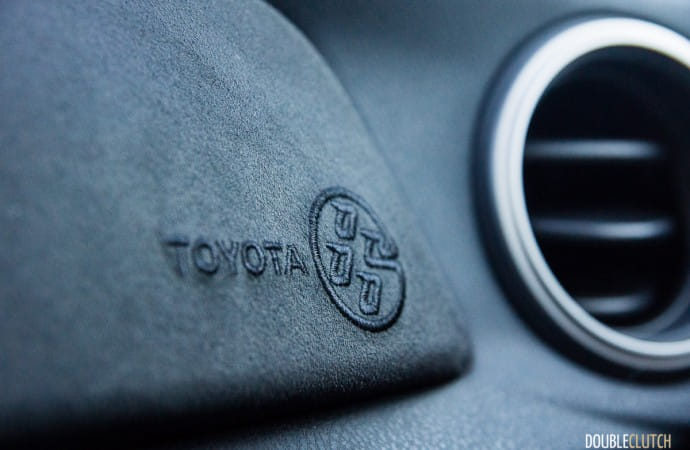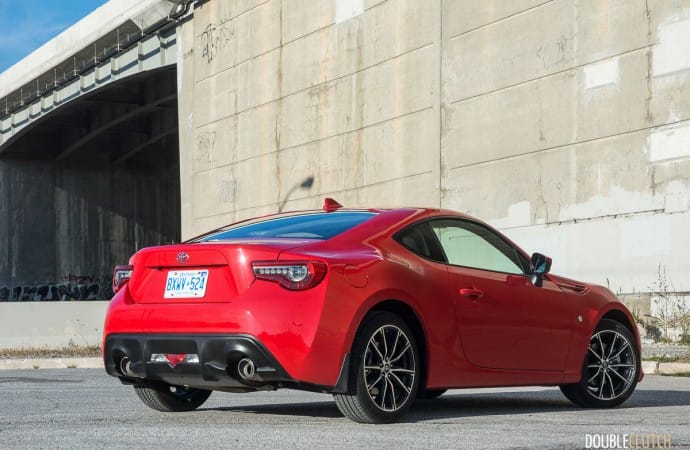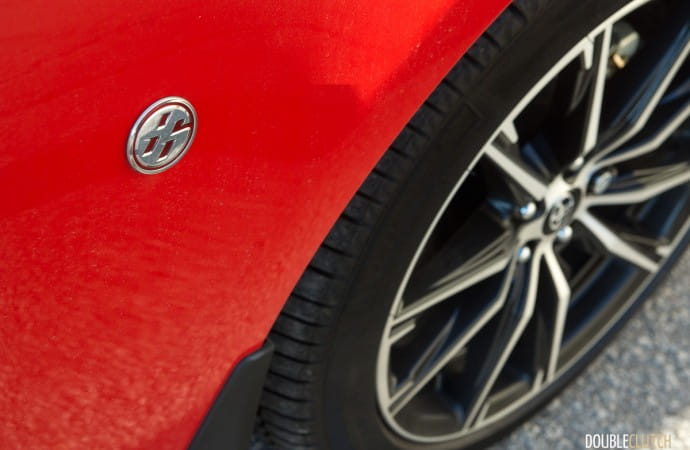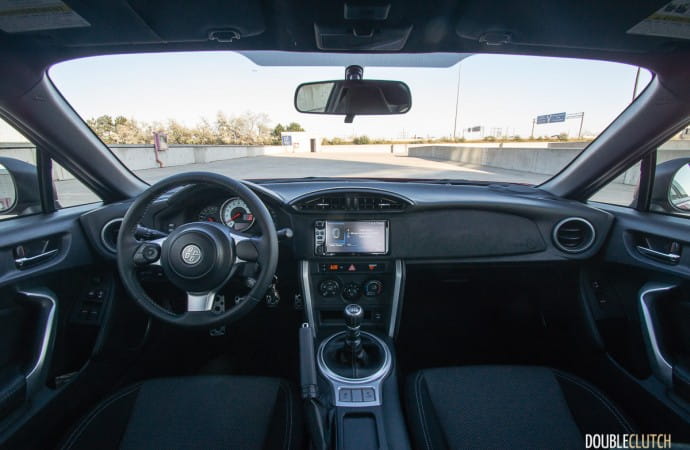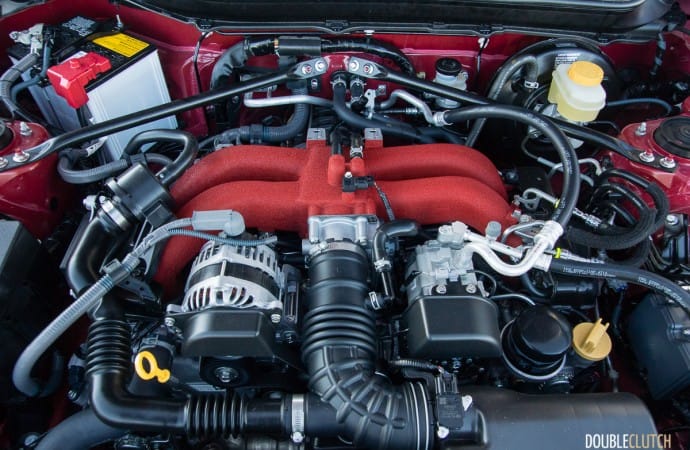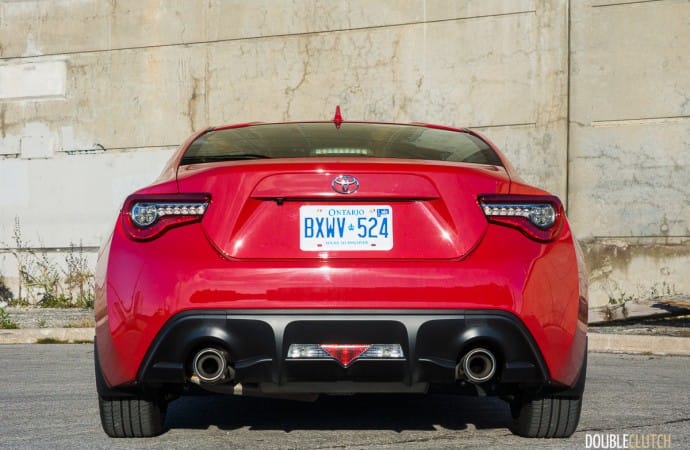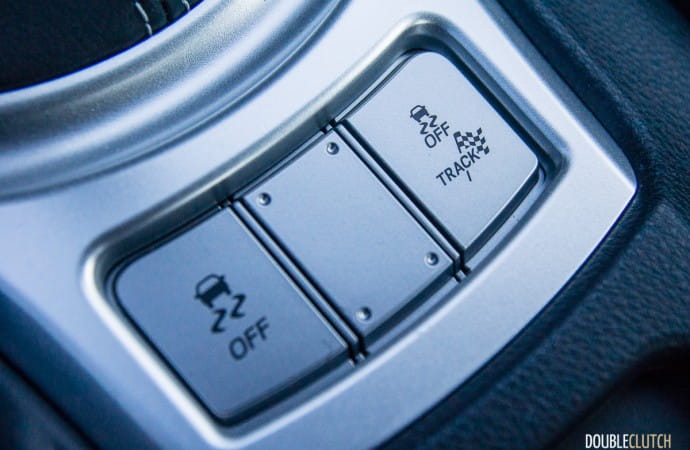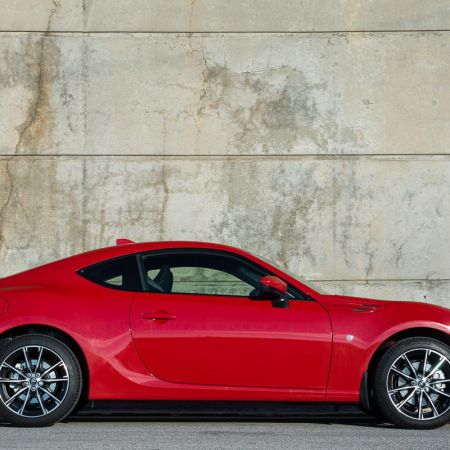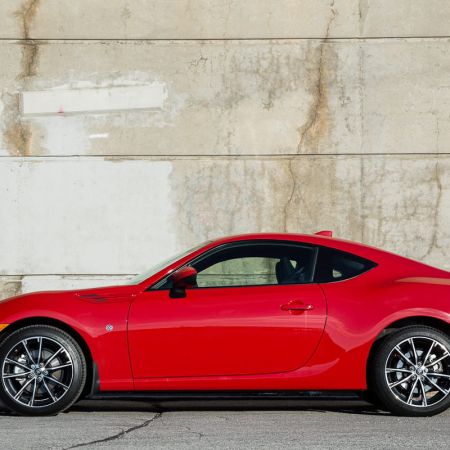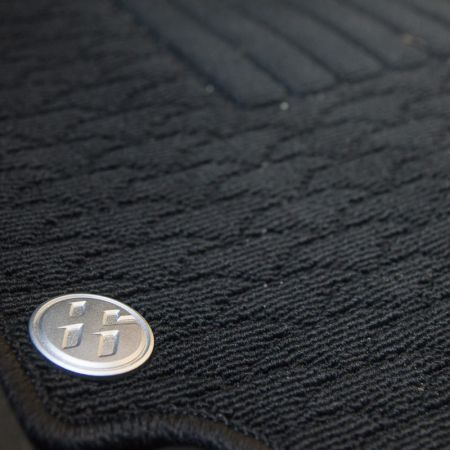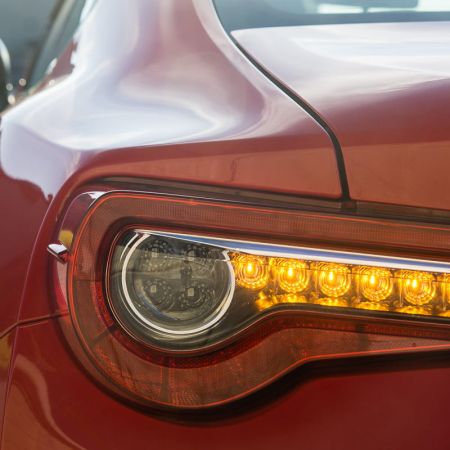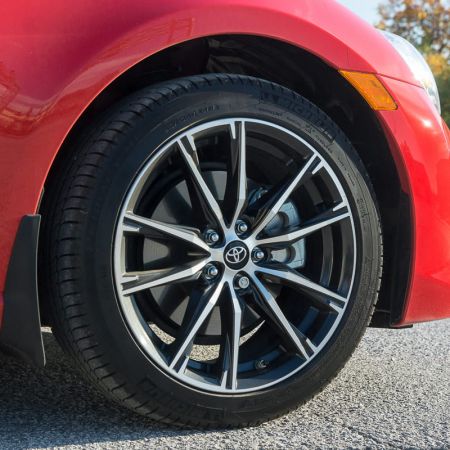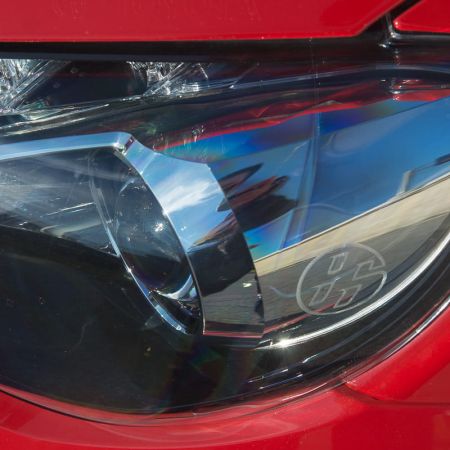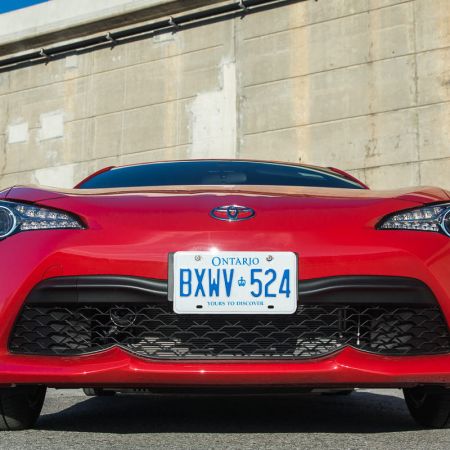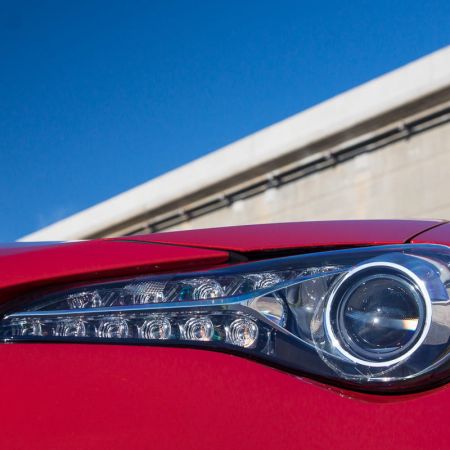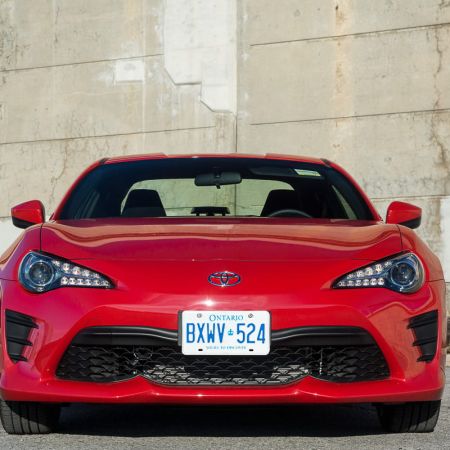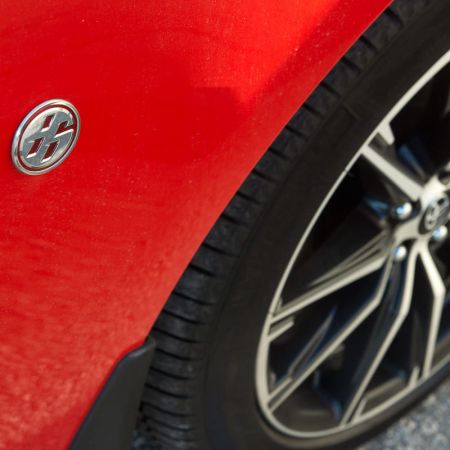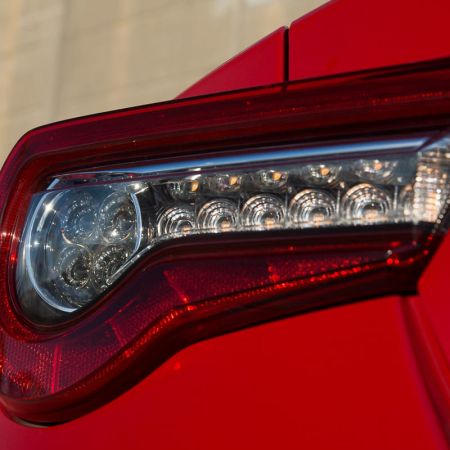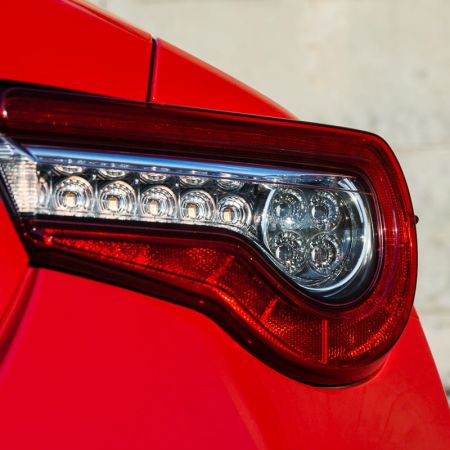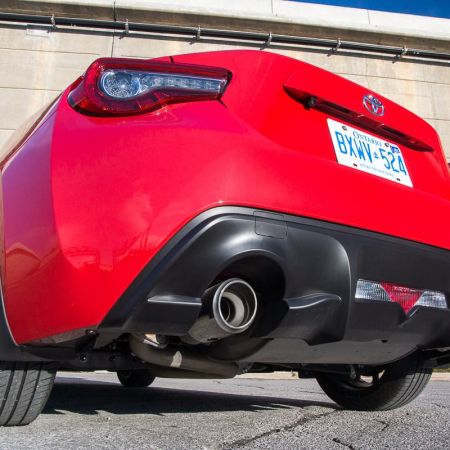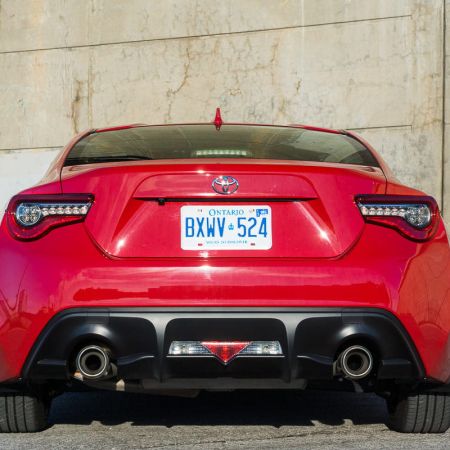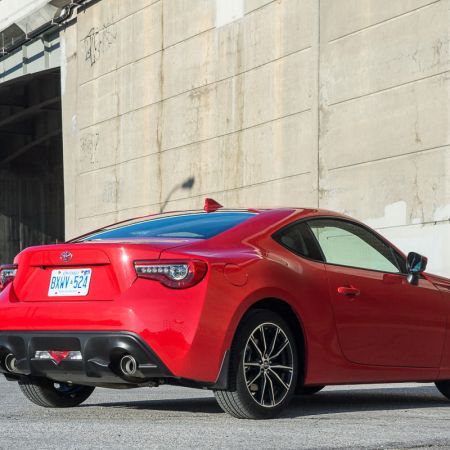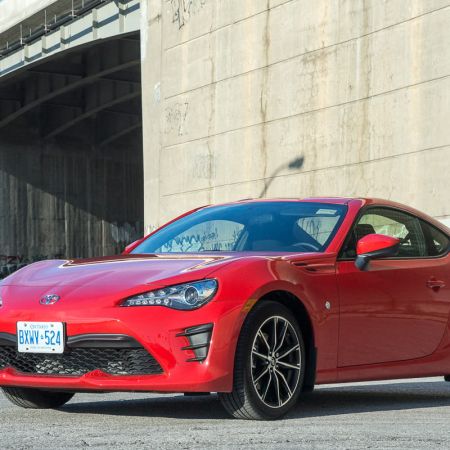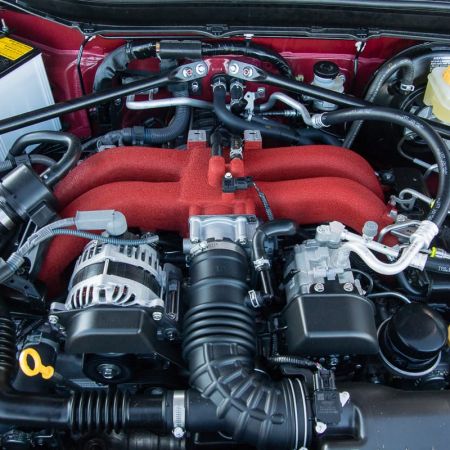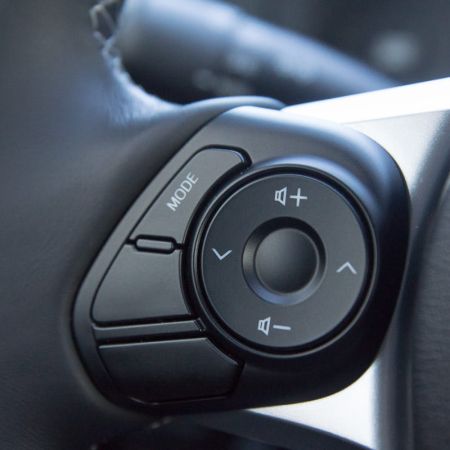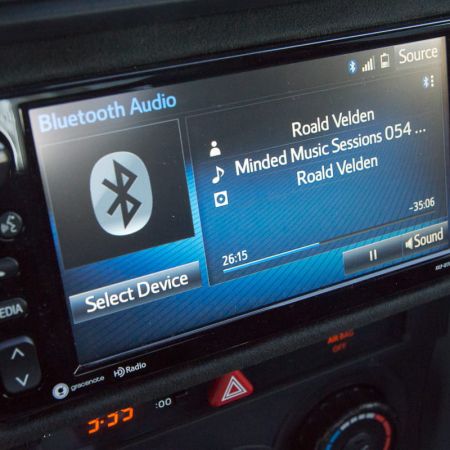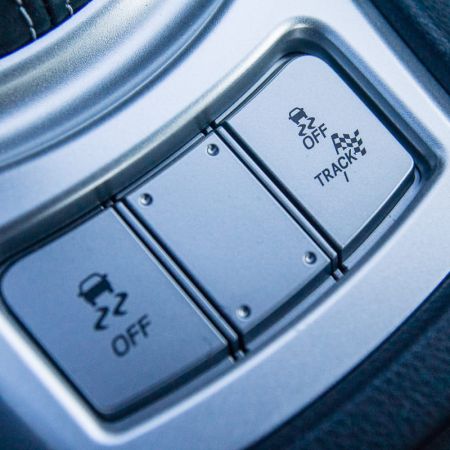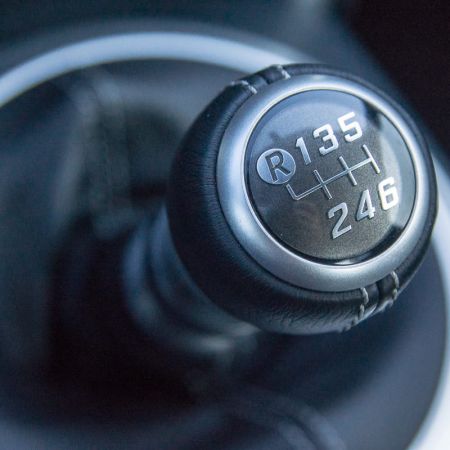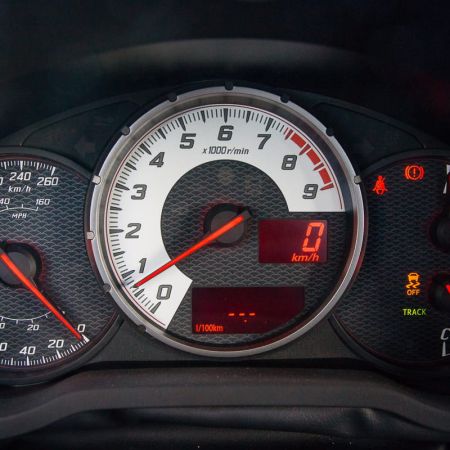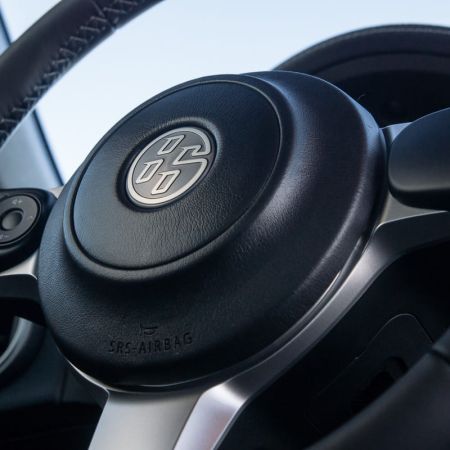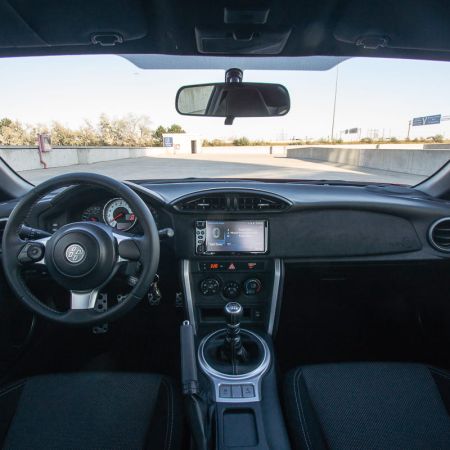In an era of excess and specifications, it’s easy to get lost in what’s called, “magazine racing”. This is the act of relying purely on numbers, subjective impressions, and the influence that is the internet – to build your own opinions on a vehicle. It’s a very easy trap to fall into, thanks to the advent of information being just about everywhere. It’s also about the only way nowadays, with most people not being able to really sample a car aside from a chaperoned dealer test drive. The point I’m getting to is: the subjective feel you get from a car is different for everybody, and it’s not always easy to describe in words.
The Scion FR-S (reviewed here) has been around for some time now, debuting to huge hype and expectations back in 2012 as a 2013 model. It came from a company that people have long accused of being too boring, and focusing strictly on vanilla-flavoured appliances. The market for affordable sports cars was considerably thinner prior to it showing up, along with its cousin: the Subaru BRZ. The partnership between the two Japanese manufacturers is well known: with Subaru doing the manufacturing with Toyota’s input to design, specifications, and components. For the first few years, both the FR-S and BRZ carved out their own sections of the market, with the FR-S chasing the more value-conscious consumer, and the BRZ offering more premium content at a higher price.
Toyota decided to pull the plug on the youth-focused Scion brand, which set off a storm of speculation as to what the FR-S (and others) would become. After some radio silence, it was revealed that the FR-S would follow its European naming structure, and be re-named the 2017 Toyota 86. This name pays homage to the rear-drive Toyota Corolla AE86 of the 1980s that would go on to become a cultural icon for so many. There was relief amongst enthusiast groups, now that they no longer needed to re-badge their cars to Toyotas in their personalization efforts. Coinciding with the mid-cycle refresh, there are actually a lot of small changes baked into the new 86 that add up to a significant overall update. Not all of these changes are visible at a glance, either.
The overall profile of the Toyota 86 doesn’t change very much, but the most obvious changes happen at the front and rear of the car. The lower front bumper and grille are re-designed and larger for both better aerodynamic performance, as well as a more aggressive look. The headlights are now full LED units as standard equipment, and they look great day and night. Out back, the taillights are also upgraded to full LED units, including amber LED turn signals. The taillights were a popular upgrade for original Scion FR-S owners, so these new units help bridge that gap. The standard 17-inch wheel design is also updated for a cleaner look, however wheel width and tire size remain the same. The Toyota 86 still rides on the same 215-section Michelin Primacy MXM4 tires.
In previous years, when you compared the Scion FR-S and the Subaru BRZ (reviewed here), I was in the camp that preferred the front-end styling of the FR-S, with the BRZ looking somewhat blander, with a comparatively low-key look. Now that both versions are thoroughly updated, I now fall into the camp that prefers the way the BRZ looks. Though this is entirely subjective, the greater emphasis on the BRZ’s straight lines up front appeals more to me. In addition, the 86 doesn’t offer a rear spoiler, compared to the BRZ’s new aluminum decklid spoiler. You’ll have to take a good look at both and come to your own conclusions. Either way, it won’t be difficult to spot an updated Toyota 86 or Subaru BRZ, even from distance. What’s interesting about the 86 is that there is no longer a badge on the back-end identifying the model nameplate – all you get is a Toyota logo.
Inside, the updates are somewhat more subtle, with updated seat fabric with contrasting stitching. FR-S and BRZ enthusiasts will be glad to hear that audio controls are now standard on a new steering wheel. There’s some added padding on the tops of the door cards, as well as where your knees end up when you’re bracing yourself on track days. The dashboard is also covered in a nice suede-like material, with the Toyota 86 logo embroidered in. The instrument cluster doesn’t get the excellent performance-focused display that the Subaru BRZ gets (with coolant and oil temperature gauges). One big upgrade over the original FR-S is the inclusion of the Toyota-corporate 6.1-inch Display Audio infotainment system. It’s now a much sharper, high-resolution full colour display, but still omits the latest technologies like Android Auto, Apple CarPlay, and satellite navigation. I’d say it’s better than Subaru’s StarLink interface. The integrated reverse camera is handy, as sight lines rearward aren’t the best.
Though the Toyota 86 is billed as a four-passenger vehicle, space in the second row can be considered optimistic at best. I stand at 5’9” and prefer sitting in a fairly upright driving position, close to the wheel. Even with the driver’s seat set up for a motorsport driving position, it was very difficult to sit behind myself in the rear. Consider the second row for children or emergency use only. Thankfully, the rear seat back folds down flat – perfect for a second set of wheels and tires for the track.
The Toyota 86 boasts a solid focus on the fundamentals for performance. Its 2.0L horizontally-opposed “Boxer” engine is mounted low and rearward for a low centre of gravity and a low moment of polar inertia. Featuring both port and direct injection, power is sent through your choice of a six-speed manual or a six-speed automatic, to the rear wheels through a Torsen limited-slip differential. There are a number of updates under the skin that you normally don’t see: power is up on manual transmission models by 5hp to 205hp (at 7000rpm) and torque is also up by 5lb-ft to 156lb-ft from 6400-6800rpm. This is thanks to an updated cylinder head surface, reduced friction all around, updated intake (powdercoated red!) and exhaust manifolds, and a new tune for the engine control unit. The final drive ratio of the rear differential on manual transmission models is also more aggressive, going from 4.10:1 to a short 4.30:1 ratio. Automatic transmission models miss out on most of these enhancements, and retain the slightly reduced horsepower and torque figures of the original FR-S.
In addition to all the tweaks under the hood, the suspension is thoughtfully updated, as well. The spring rates are changed, as well as the dampers to match. These changes, along with an updated “Track Mode” stability control program, allows the 86 to carry itself with more refinement and better body control, both on and off the race track.
In practice, the Toyota 86 won’t set your hair on fire with its straight-line performance – that’s simply not what this car is about. This car is about being balanced, light on its feet, and fantastic at appealing to your senses of touch and sound. The modest horsepower means you need to work to build your speed, and the aggressive final drive ratio ensures your hands and feet will be busy (100km/h in sixth gear at around 2800rpm) – even in an urban setting. Thankfully, the shifter features a very direct and positive feel, with short throws. The pedals are spaced perfectly for three-pedal dancing with your two feet. Heel-toe downshifts are super-easy, and super-satisfying as a result. People like to gripe on electric power steering these days in a general sense, but the Toyota 86 nails the feedback to the driver in a way not seen in quite some time. If you lightly hold the tips of your fingers to the steering wheel as you drive, the steering is just so good at communicating so many of the textures from the ground, and what the tires are doing at any given moment.
One of the many benefits of a low curb weight is improved efficiency. The engine doesn’t need to work as hard to get the car moving, and keep it moving. The Toyota 86 fuel consumption is rated at 11.3L/100km in the city, 8.3L/100km on the highway, and 9.9L/100km in a combined cycle. After a week, and nearly 750km of very mixed driving (quite a bit of stop-and-go commuting), I ended up with an impressive indicated average of 8.6L/100km. This wasn’t achieved by aggressive hypermiling either – the Toyota 86 was thoroughly enjoyed within reasonable limits. The 86 will accept 50L of premium grade fuel.
Pricing has been updated in a way that moves the 86 down the value totem pole, somewhat. The original Scion FR-S was a value leader at around $26,000 for the base model. This updated Toyota 86 now starts at $29,580. This isn’t an insignificant value – at this end of the pricing scale, a $2,000 price increase is somewhat of a big deal. It can be argued that feature content is greater nowadays, but it brings the 86 much closer to the Subaru BRZ. It helps that the 86 is essentially equipped only one way – choose a colour, choose a transmission, and you’re off to the races. The BRZ is better equipped [insert price here] – with leather seating, fog lights, and that cool aluminum spoiler.
The endless comparisons between the Toyota 86 and Subaru BRZ continue, but the updated pricing of the 86 changes the game somewhat. It’s still a good value for the driver in pursuit of an excellent overall driving experience, but its pricing brings it closer to some of the competition. The current “ND”-generation Mazda MX-5 (reviewed here) delivers on a very similar formula, but arguably does a better job talking to and dancing with the driver, and then there’s the drop-top aspect of it. It costs more up front, but in most cases, is worth the money.
The 2017 Toyota 86 continues the goodness that the Scion FR-S and Subaru BRZ started: a simple and affordable rear-drive sports car. With a focus on light weight, driver inputs, and smart engineering, the collaboration between the two Japanese manufacturers is proving to be a boon for automotive enthusiasts of all ages. In an age of excess, numbers, and specifications, the world needs more cars like this.

